Gallery: 'Insects Unlocked' Collection Shares Free Bug Photos
Gulf fritillary
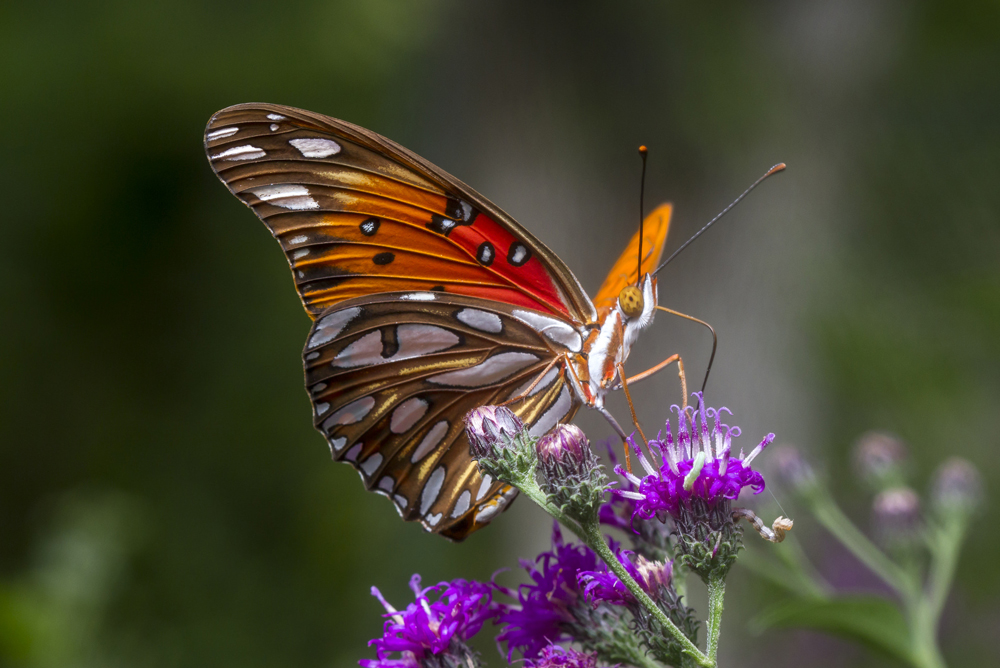
Insects Unlocked, a crowd-funded project from the University of Texas at Austin's Insect Image Lab, is creating and sharing public domain images representing a wide range of insect species — including this one, a colorful Gulf fritillary (Agraulis vanillae).
Read more about Insects Unlocked and the project's public domain images.
Sweat bee

The sweat bee (family Halictidae) is one of the thousands of insects that will be included in the Insects Unlocked project. The photography initiative was created by and operates under the supervision of Alex Wild, photographer and curator of entomology at the University of Texas, Austin.
Bumblebee moth
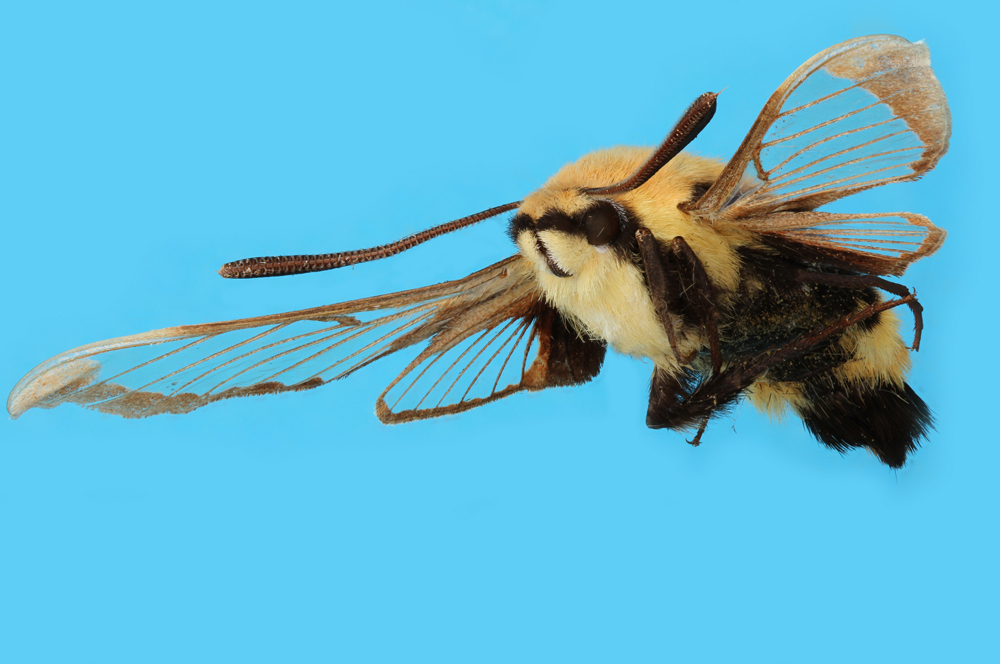
This moth, part of the genus Hemaris, is also known as the snowberry clearwing. Many Insects Unlocked subjects reside in the University of Texas Insect Collection, which holds between 1 million and 2 million specimens.
Variable beautymark

The variable beautymark butterfly(Rhetus periander), ranges from Mexico to Brazil and Argentina. This specimen was found in Cacaulandia, RO, Brazil. Insect Unlocked's high-resolution photos are released into the public domain, which means they are available for anyone to use at no charge and for any purpose — personal, educational or commercial — without permission or attribution required.
Extinct fungus-growing ant
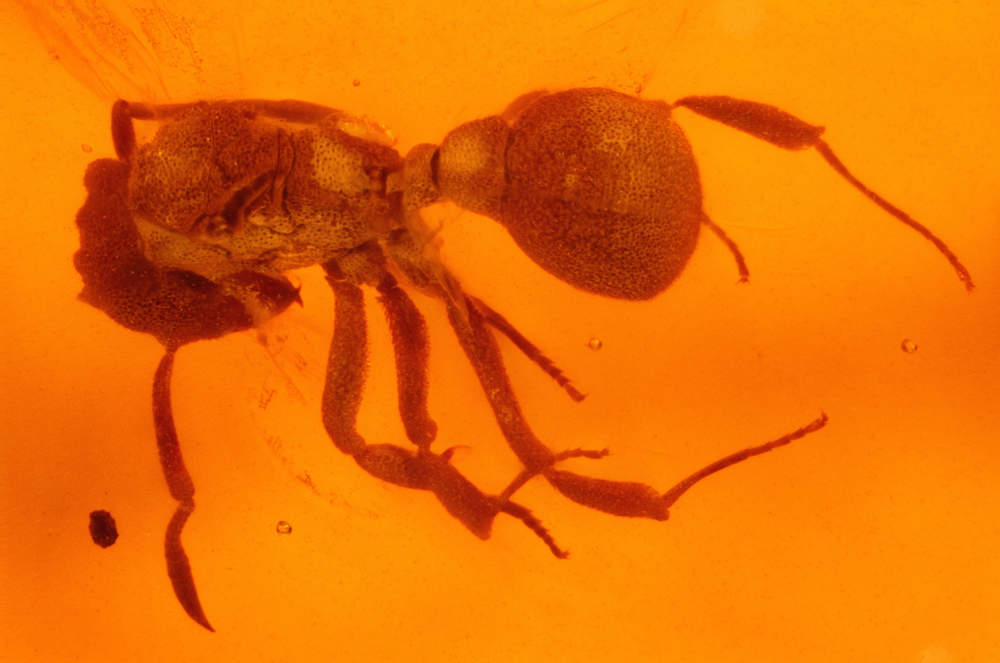
This extinct fungus-growing ant, an ancient ancestor of the modern leaf-cutting ant, can be found in the Insects Unlocked project designed by the Insect Image Lab at the University of Texas, Austin.
Greater anglewing katydid
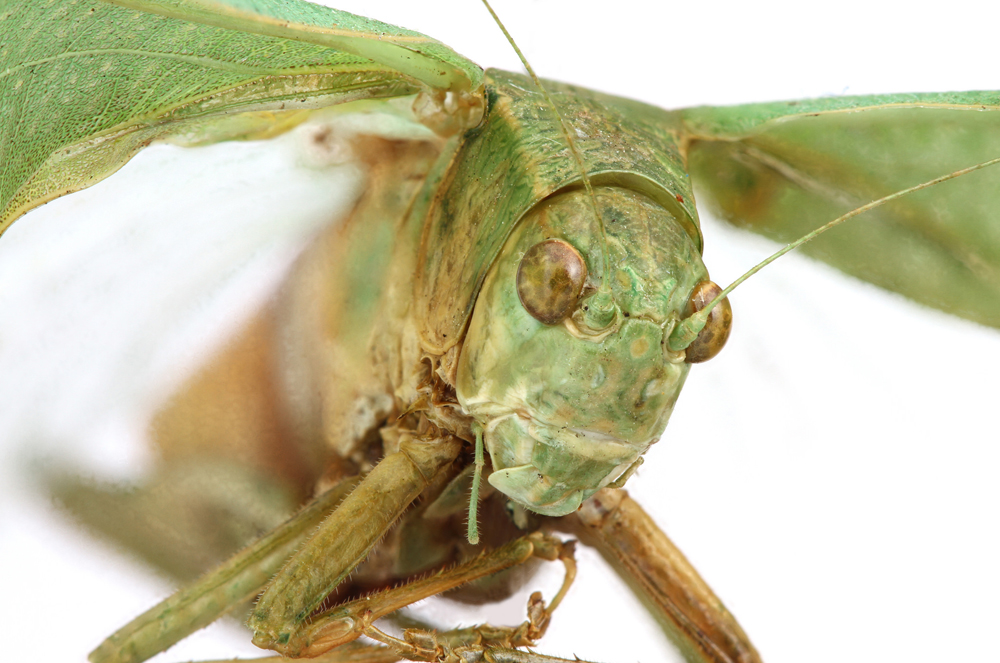
The greater anglewing katydid (Microcentrum rhombifolium) was photographed on the University of Texas at Austin campus. One of the project's goals is to represent the diversity of "Texas' smallest wildlife," according to a statement on the project's fundraising page.
Get the world’s most fascinating discoveries delivered straight to your inbox.
Blister beetle
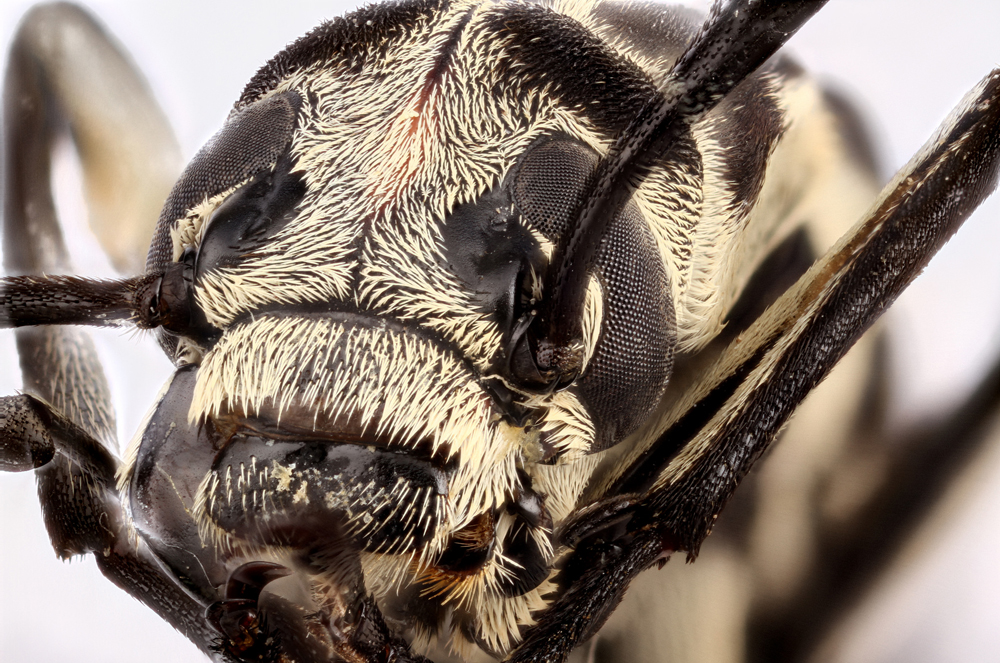
Photographed for the Insects Unlocked project, this blister beetle (Epicauta atrivittata) was collected in Sheffield, Texas, at the Oasis Ranch.
Moneilema armatum

This beetle in the Cerambycidae family was photographed at Dolan Falls in ValVerde County, Texas.
Straight-snouted weevil
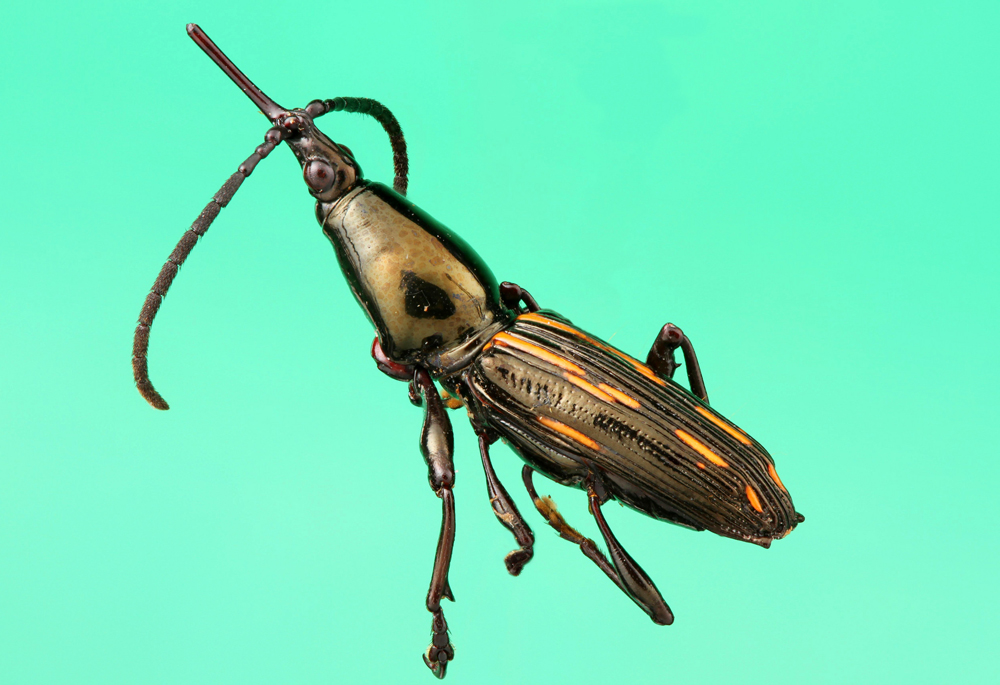
Also known as the primitive weevil, of the Brentidae family, this beetle is found in Trinidad on Mt. St. Benedict.
Cuckoo wasp

The Chrysididae — the Cuckoo Wasp — was found in Travis County, Texas, and is included in the Insects Unlocked project.
Female Culex sp. mosquito
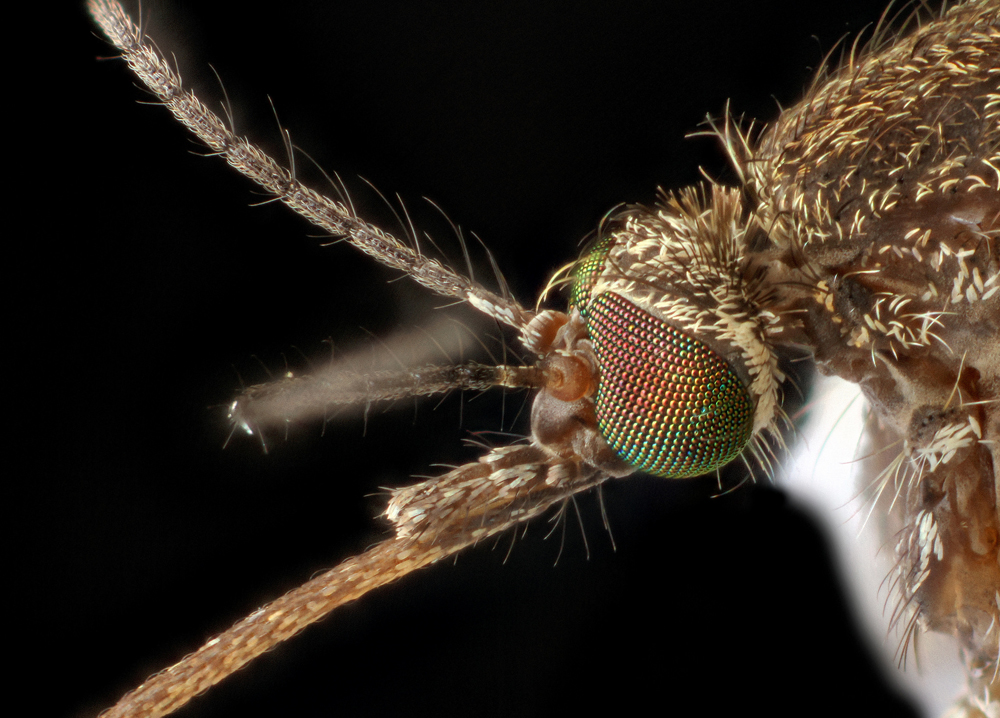
The mosquito from the Austin Brackenridge Field Laboratory is part of the Insects Unlocked project.

Mindy Weisberger is a science journalist and author of "Rise of the Zombie Bugs: The Surprising Science of Parasitic Mind-Control" (Hopkins Press). She formerly edited for Scholastic and was a channel editor and senior writer for Live Science. She has reported on general science, covering climate change, paleontology, biology and space. Mindy studied film at Columbia University; prior to LS, she produced, wrote and directed media for the American Museum of Natural History in NYC. Her videos about dinosaurs, astrophysics, biodiversity and evolution appear in museums and science centers worldwide, earning awards such as the CINE Golden Eagle and the Communicator Award of Excellence. Her writing has also appeared in Scientific American, The Washington Post, How It Works Magazine and CNN.
